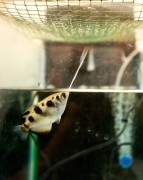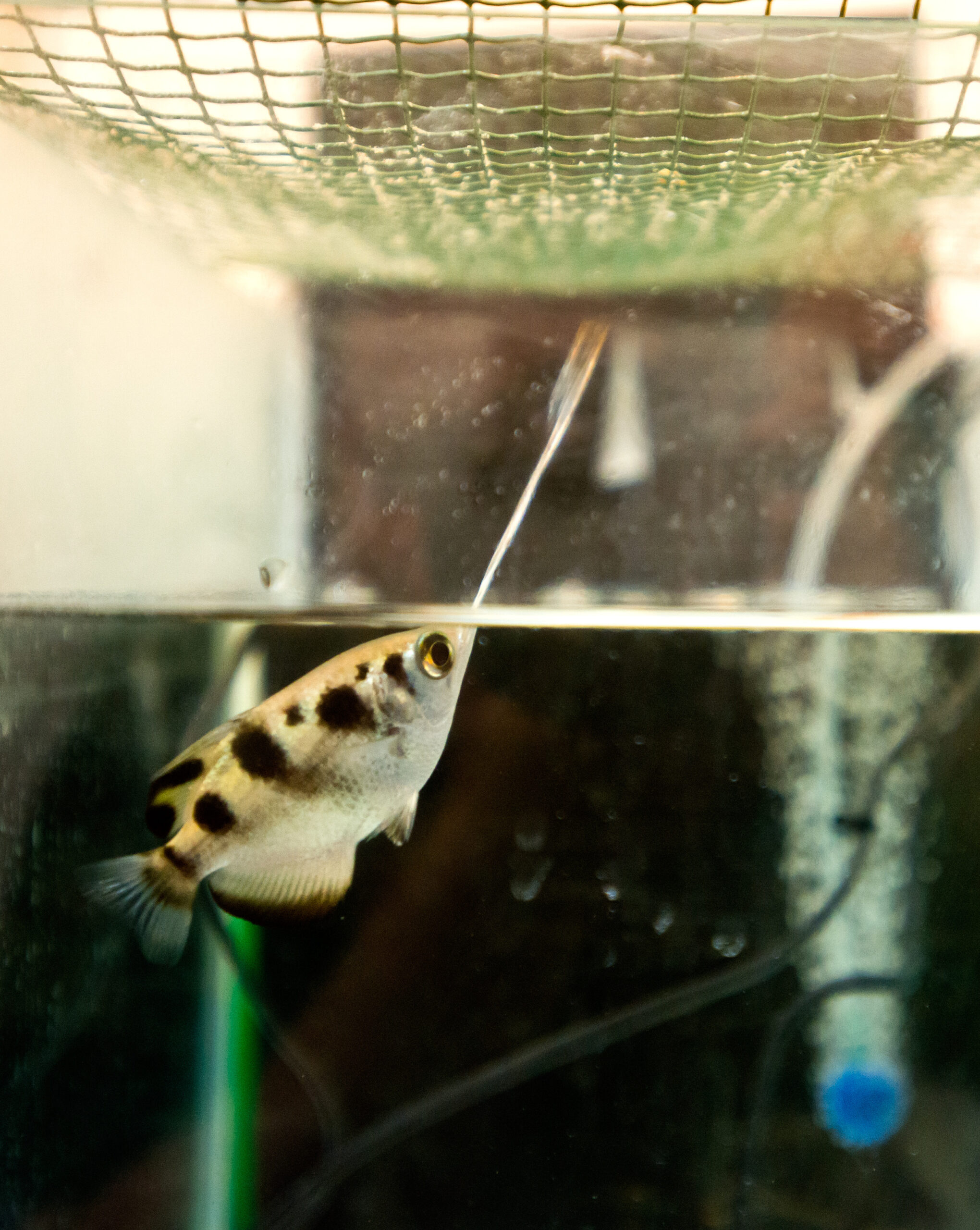A new Israeli study using archerfish shows that animals and humans move their visual attention around in a similar fashion.
The Ben-Gurion University of the Negev team — Prof. Avishai Henik, Dr. Shai Gabay, and PhD student Tali Leibovich, from the Psychology Department, and Prof. Ronen Segev and Dr. Avi Ben Simon from the Life Sciences Department — explored whether fish exhibit an attention phenomenon called the inhibition of return.

Scientific debate has focused on two possible sources for attention – a midbrain structure called the superior colliculus or more advanced cortical structures. Fish have a superior colliculus in their brain, but, unlike humans, they lack fully developed cortical structures. The study showed that despite the lack of advanced cortical structures, archerfish still demonstrate inhibition of return.
“This work, which at this stage is specific to the archerfish, elucidated an important aspect of the study of attention. It also suggests that basic attention mechanisms evolved early on in evolution to enable very primitive systems to function in their environment,” says Segev.
The BGU team selected this fish species to serve as the model because of its remarkable ability to shoot down insects found on foliage above the water level and its ability to learn to distinguish between artificial targets presented on a computer monitor in an experimental setting. They found that the fish present similar attention effects to those of human participants, demonstrating the presence of inhibition of return even in a species lacking a fully developed cortex.
The study was published in Nature Communications.
Fighting for Israel's truth
We cover what makes life in Israel so special — it's people. A non-profit organization, ISRAEL21c's team of journalists are committed to telling stories that humanize Israelis and show their positive impact on our world. You can bring these stories to life by making a donation of $6/month.








